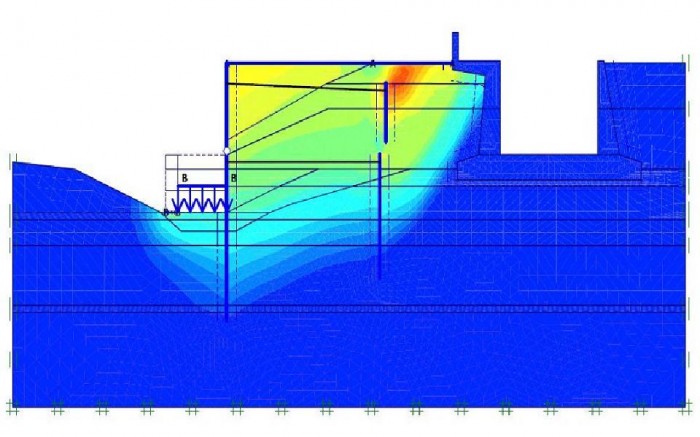

For example, the paper demonstrates that results can be very different depending on the type of structure element used to model horizontal reinforcement layers that are discontinuous in the plane-strain direction. PLAXIS® 2D The Most-used Application for Geo-engineering PLAXIS 2D is a powerful and user-friendly finite-element package intended for 2D analysis of deformation and stability in geotechnical engineering and rock mechanics. The numerical results quantitatively demonstrate the conditions that give good agreement between the two programs for the same steel strip reinforced soil–structure problem and the situations where they do not.
#Structural steel plaxis 2d how to#
The paper describes the details of the linear elastic Mohr–Coulomb interface model available in the two software packages to model material interaction and how to select model parameters to give the same numerical outcomes. This user-friendly product is designed and has high flexibility in modeling and simulation, has a powerful processing core and performs post-processing processes well.

Both programs use different models and properties to simulate the mechanical behaviour of the interface between dissimilar materials. Plaxis 3D Foundation defines complex structures consisting of artificial structures and soil in separation modes, and separate work is possible on each mode. Program FLAC (finite difference method) offers three different options (beam, cable and strip element) to model the reinforcement and program PLAXIS (finite element method) has two (beam and geogrid element). The choice of structure element to simulate soil reinforcement and soil–structure interaction details for numerical modelling of mechanically stabilized earth (MSE) walls can have a significant influence on numerical outcomes.


 0 kommentar(er)
0 kommentar(er)
